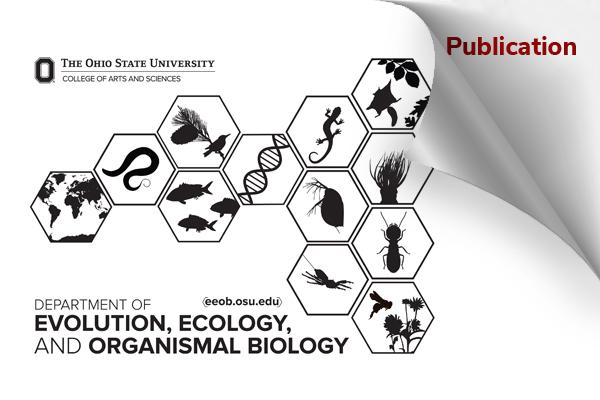EEOB Publication - Bennett & Hopkins

Fire effects on soil biota alter the strength and direction of plant-soil feedbacks
Jacob Hopkins, Alison E. Bennett. 2023. DOI: https://doi.org/10.21203/rs.3.rs-3717241/v1
Abstract
Background and aims Plant soil feedbacks (PSF) are reciprocal mechanisms through which plants modify soil biota and affect future plant growth. When scaled up to the community level, PSFs are important determinants of aboveand belowground community dynamics that in uence long-term successional trajectories. Despite over three decades of ecological PSF research, we have a poor understanding of how common environmental processes like re in uence the strength and direction of PSFs. Methods In this work we evaluated how re effects on Schizachyrium scoparium and Rudbeckia hirta trained soil biota in uenced feedbacks on plant growth. We tested this by experimentally manipulating res and evaluating plant growth responses to burned and unburned inter- and intraspeci c soil biota treatments. Results Fire effects on inocula neutralized negative feedbacks in S. scoparium, and caused negative feedbacks in R. hirta. This shows that environmental disturbance like re can alter the strength and direction of PSFs in ways that potentially modify plant growth, plant fuel loads, and community dynamics. Conclusion That re can alter the strength and direction of PSFs on plant growth suggests that re effects on soil related processes contribute to plant community assembly and re-fuel dynamics in re recurrent grassland and savanna ecosystems. Further, this study shows that re effects on PSFs vary between plant species, and may contribute to the dominance of C4 grasses in pyrophilic ecosystems.
